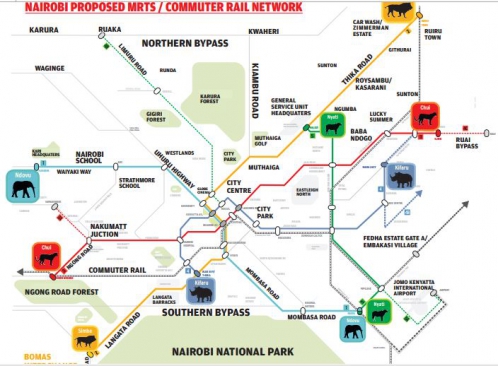×
The Standard e-Paper
Kenya’s Boldest Voice

Commuter services in Nairobi and neighbouring counties are set for phenomenal transformation as plans to introduce a state-of-the-art Mass Rapid Transit System (MRTS) gain momentum.